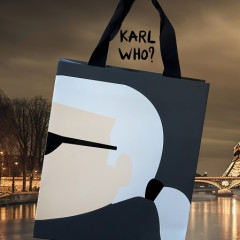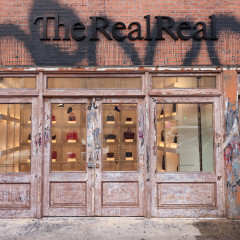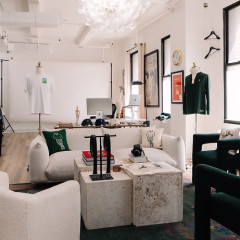False Beauty Marks

False beauty marks have been used since ancient Roman times and became a fashion trend in the 16th and 17th Century.
The beauty marks could be made of black taffeta, velvet, silk or thin leather, and were attached to your face with glue made from the sap of trees. The marks developed from little circles to intricate shapes like ships, horse-drawn carriages or flying birds.They were used in order to hide smallpox scars, which were fairly common back then, but also as a means of secret communication.
According to
Fashion Encyclopedia,
A patch near the eye indicated passion, for example, and one by the mouth showed boldness. A black spot on the right cheek marked a married woman, while one on the left cheek showed that one was engaged.
[Photo via] False beauty marks have been used since ancient Roman times and became a fashion trend in the 16th and 17th Century.
The beauty marks could be made of black taffeta, velvet, silk or thin leather, and were attached to your face with glue made from the sap of trees. The marks developed from little circles to intricate shapes like ships, horse-drawn carriages or flying birds.They were used in order to hide smallpox scars, which were fairly common back then, but also as a means of secret communication.
According to Fashion Encyclopedia,
False beauty marks have been used since ancient Roman times and became a fashion trend in the 16th and 17th Century.
The beauty marks could be made of black taffeta, velvet, silk or thin leather, and were attached to your face with glue made from the sap of trees. The marks developed from little circles to intricate shapes like ships, horse-drawn carriages or flying birds.They were used in order to hide smallpox scars, which were fairly common back then, but also as a means of secret communication.
According to Fashion Encyclopedia,


.jpg)
.jpg)



.jpg)
.jpg)
.jpg)




